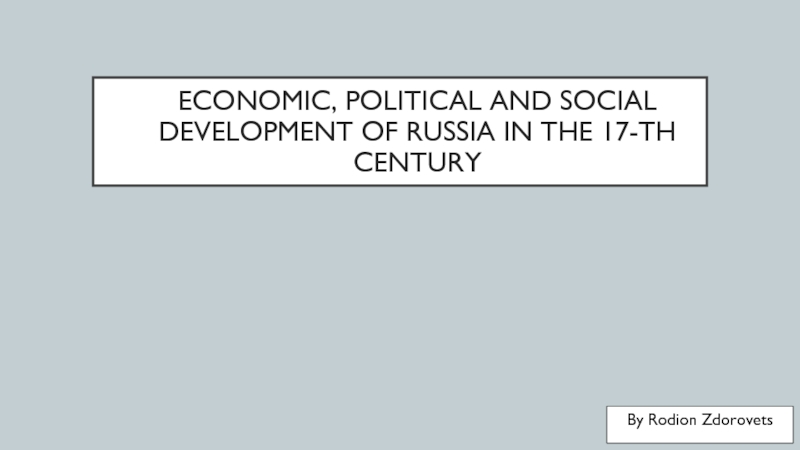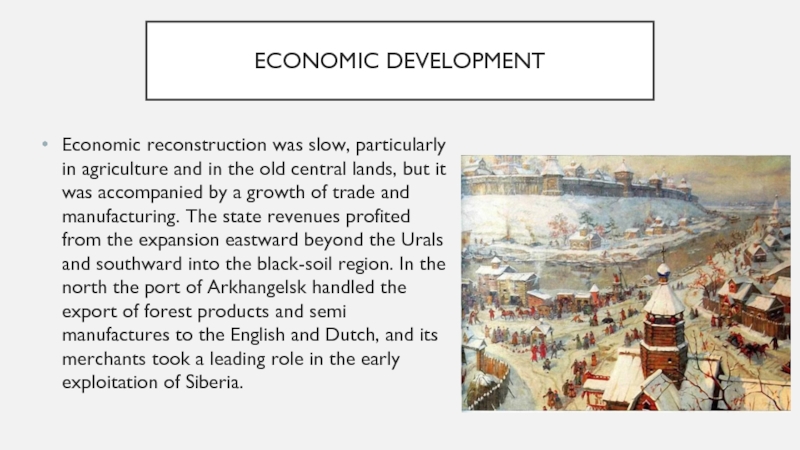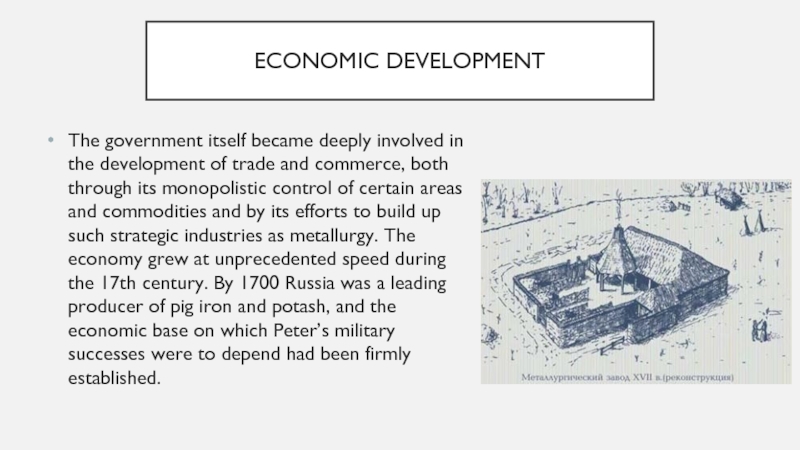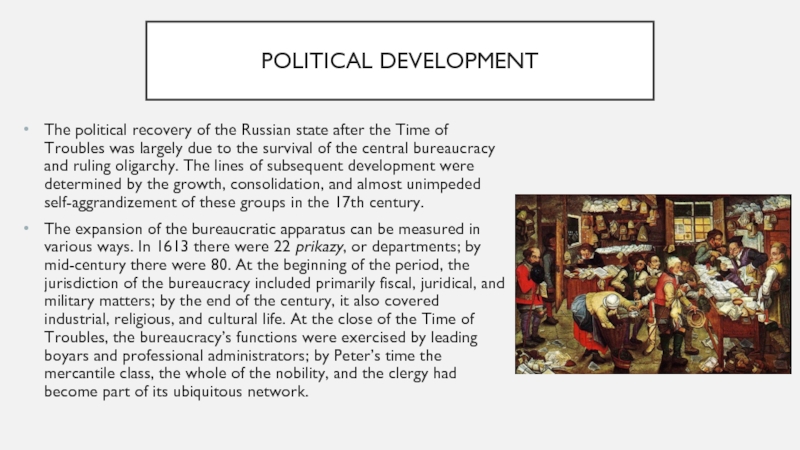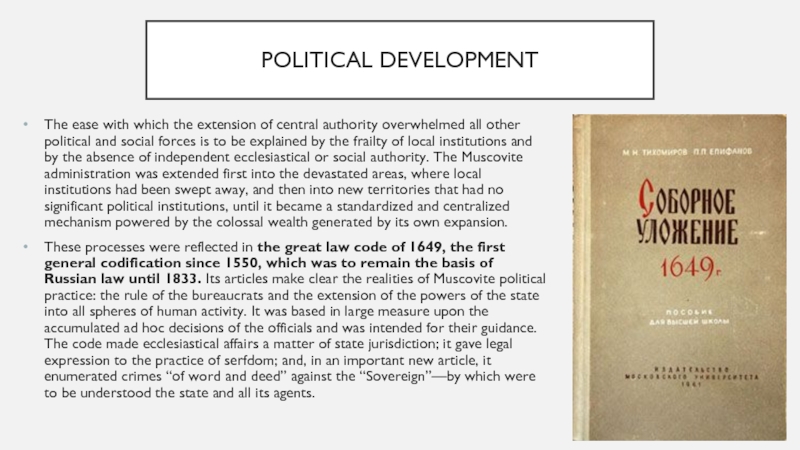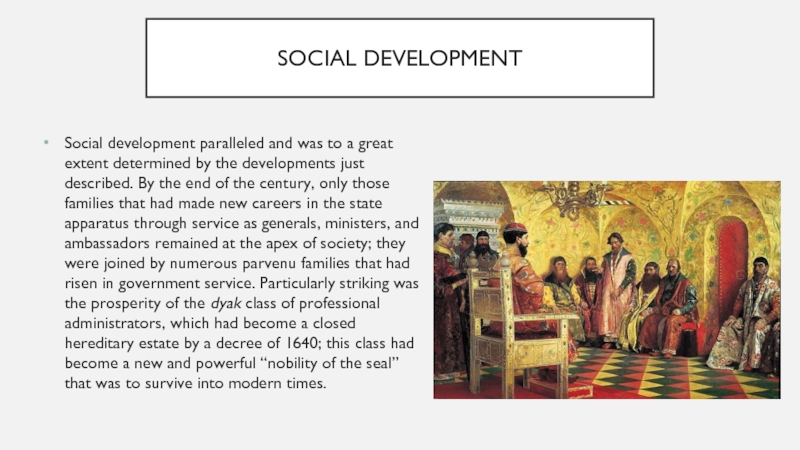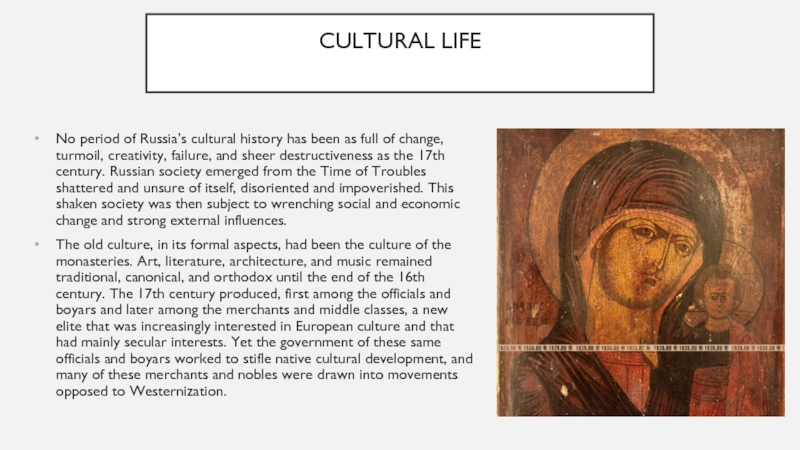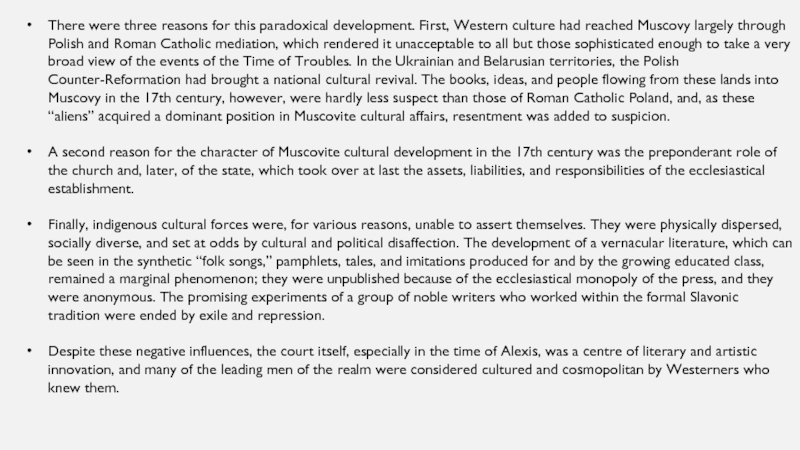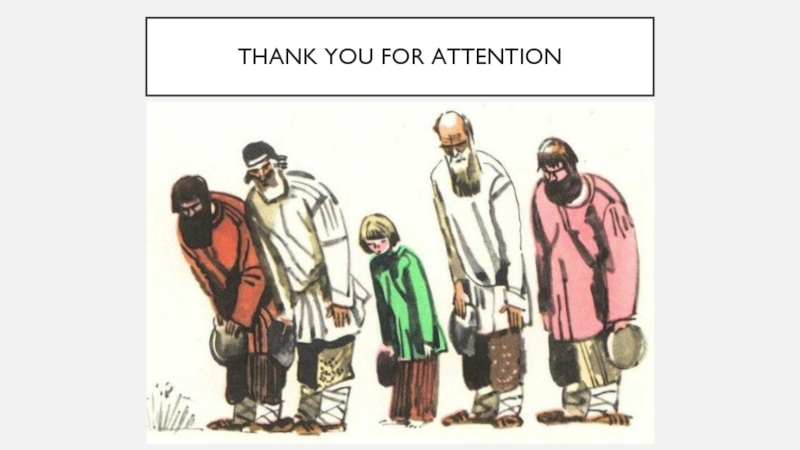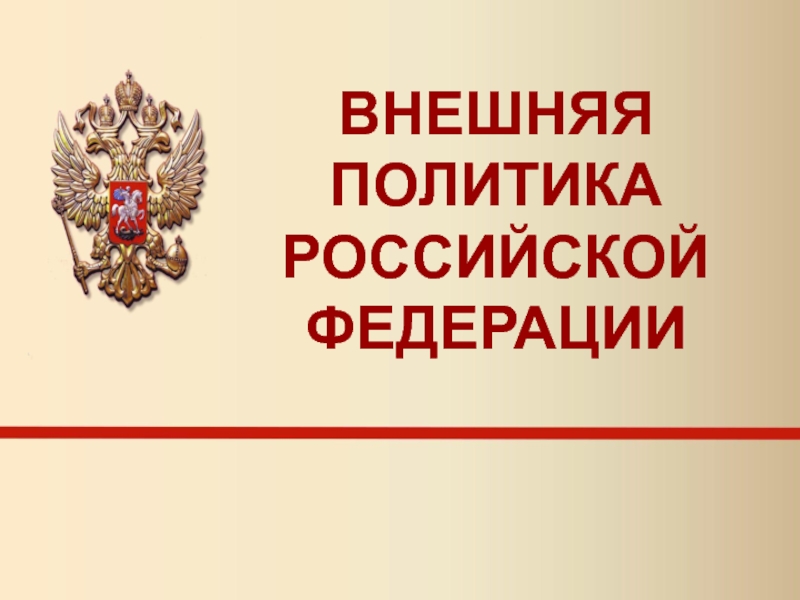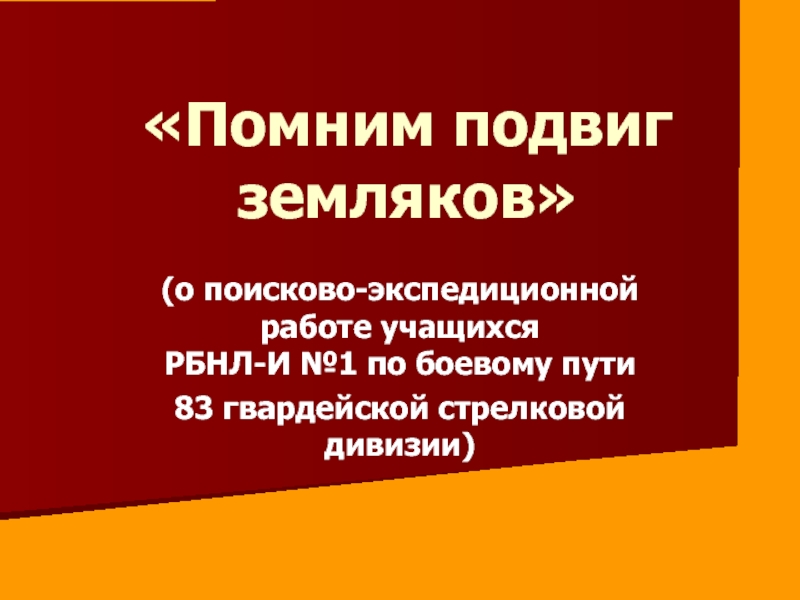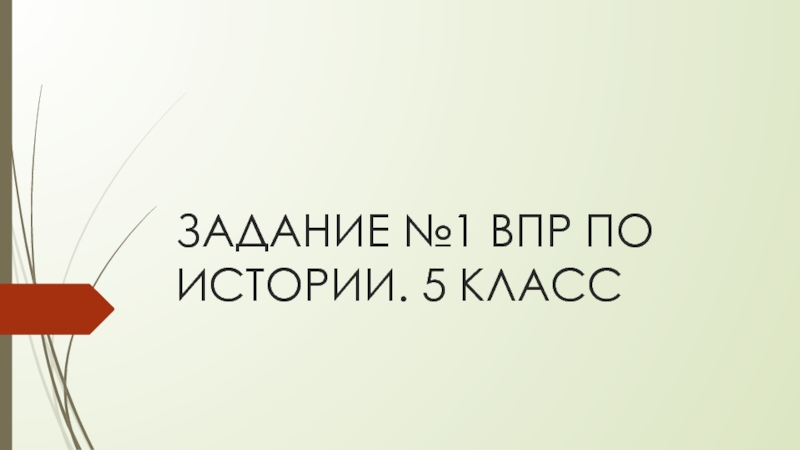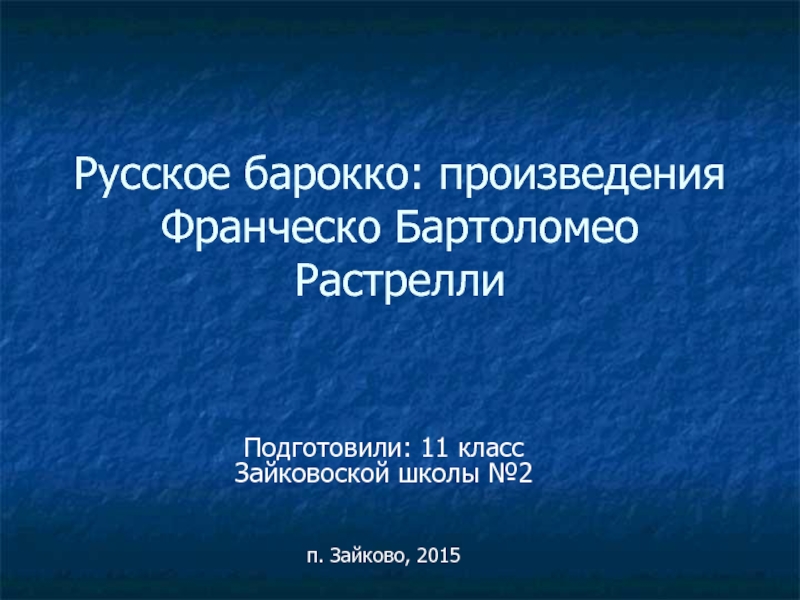Rodion Zdorovets
- Главная
- Разное
- Дизайн
- Бизнес и предпринимательство
- Аналитика
- Образование
- Развлечения
- Красота и здоровье
- Финансы
- Государство
- Путешествия
- Спорт
- Недвижимость
- Армия
- Графика
- Культурология
- Еда и кулинария
- Лингвистика
- Английский язык
- Астрономия
- Алгебра
- Биология
- География
- Детские презентации
- Информатика
- История
- Литература
- Маркетинг
- Математика
- Медицина
- Менеджмент
- Музыка
- МХК
- Немецкий язык
- ОБЖ
- Обществознание
- Окружающий мир
- Педагогика
- Русский язык
- Технология
- Физика
- Философия
- Химия
- Шаблоны, картинки для презентаций
- Экология
- Экономика
- Юриспруденция
Economic, political and social development of Russia. Zdorovets презентация
Содержание
- 1. Economic, political and social development of Russia. Zdorovets
- 2. ECONOMIC DEVELOPMENT Economic reconstruction was slow, particularly
- 3. ECONOMIC DEVELOPMENT The government itself became deeply
- 4. POLITICAL DEVELOPMENT The political recovery of the
- 5. POLITICAL DEVELOPMENT The ease with which the
- 6. SOCIAL DEVELOPMENT Social development paralleled and was
- 7. CULTURAL LIFE No period of Russia’s
- 8. There were three reasons for this paradoxical
- 9. THANK YOU FOR ATTENTION
Слайд 2ECONOMIC DEVELOPMENT
Economic reconstruction was slow, particularly in agriculture and in the
old central lands, but it was accompanied by a growth of trade and manufacturing. The state revenues profited from the expansion eastward beyond the Urals and southward into the black-soil region. In the north the port of Arkhangelsk handled the export of forest products and semi manufactures to the English and Dutch, and its merchants took a leading role in the early exploitation of Siberia.
Слайд 3ECONOMIC DEVELOPMENT
The government itself became deeply involved in the development of
trade and commerce, both through its monopolistic control of certain areas and commodities and by its efforts to build up such strategic industries as metallurgy. The economy grew at unprecedented speed during the 17th century. By 1700 Russia was a leading producer of pig iron and potash, and the economic base on which Peter’s military successes were to depend had been firmly established.
Слайд 4POLITICAL DEVELOPMENT
The political recovery of the Russian state after the Time
of Troubles was largely due to the survival of the central bureaucracy and ruling oligarchy. The lines of subsequent development were determined by the growth, consolidation, and almost unimpeded self-aggrandizement of these groups in the 17th century.
The expansion of the bureaucratic apparatus can be measured in various ways. In 1613 there were 22 prikazy, or departments; by mid-century there were 80. At the beginning of the period, the jurisdiction of the bureaucracy included primarily fiscal, juridical, and military matters; by the end of the century, it also covered industrial, religious, and cultural life. At the close of the Time of Troubles, the bureaucracy’s functions were exercised by leading boyars and professional administrators; by Peter’s time the mercantile class, the whole of the nobility, and the clergy had become part of its ubiquitous network.
The expansion of the bureaucratic apparatus can be measured in various ways. In 1613 there were 22 prikazy, or departments; by mid-century there were 80. At the beginning of the period, the jurisdiction of the bureaucracy included primarily fiscal, juridical, and military matters; by the end of the century, it also covered industrial, religious, and cultural life. At the close of the Time of Troubles, the bureaucracy’s functions were exercised by leading boyars and professional administrators; by Peter’s time the mercantile class, the whole of the nobility, and the clergy had become part of its ubiquitous network.
Слайд 5POLITICAL DEVELOPMENT
The ease with which the extension of central authority overwhelmed
all other political and social forces is to be explained by the frailty of local institutions and by the absence of independent ecclesiastical or social authority. The Muscovite administration was extended first into the devastated areas, where local institutions had been swept away, and then into new territories that had no significant political institutions, until it became a standardized and centralized mechanism powered by the colossal wealth generated by its own expansion.
These processes were reflected in the great law code of 1649, the first general codification since 1550, which was to remain the basis of Russian law until 1833. Its articles make clear the realities of Muscovite political practice: the rule of the bureaucrats and the extension of the powers of the state into all spheres of human activity. It was based in large measure upon the accumulated ad hoc decisions of the officials and was intended for their guidance. The code made ecclesiastical affairs a matter of state jurisdiction; it gave legal expression to the practice of serfdom; and, in an important new article, it enumerated crimes “of word and deed” against the “Sovereign”—by which were to be understood the state and all its agents.
These processes were reflected in the great law code of 1649, the first general codification since 1550, which was to remain the basis of Russian law until 1833. Its articles make clear the realities of Muscovite political practice: the rule of the bureaucrats and the extension of the powers of the state into all spheres of human activity. It was based in large measure upon the accumulated ad hoc decisions of the officials and was intended for their guidance. The code made ecclesiastical affairs a matter of state jurisdiction; it gave legal expression to the practice of serfdom; and, in an important new article, it enumerated crimes “of word and deed” against the “Sovereign”—by which were to be understood the state and all its agents.
Слайд 6SOCIAL DEVELOPMENT
Social development paralleled and was to a great extent determined
by the developments just described. By the end of the century, only those families that had made new careers in the state apparatus through service as generals, ministers, and ambassadors remained at the apex of society; they were joined by numerous parvenu families that had risen in government service. Particularly striking was the prosperity of the dyak class of professional administrators, which had become a closed hereditary estate by a decree of 1640; this class had become a new and powerful “nobility of the seal” that was to survive into modern times.
Слайд 7CULTURAL LIFE
No period of Russia’s cultural history has been as full
of change, turmoil, creativity, failure, and sheer destructiveness as the 17th century. Russian society emerged from the Time of Troubles shattered and unsure of itself, disoriented and impoverished. This shaken society was then subject to wrenching social and economic change and strong external influences.
The old culture, in its formal aspects, had been the culture of the monasteries. Art, literature, architecture, and music remained traditional, canonical, and orthodox until the end of the 16th century. The 17th century produced, first among the officials and boyars and later among the merchants and middle classes, a new elite that was increasingly interested in European culture and that had mainly secular interests. Yet the government of these same officials and boyars worked to stifle native cultural development, and many of these merchants and nobles were drawn into movements opposed to Westernization.
The old culture, in its formal aspects, had been the culture of the monasteries. Art, literature, architecture, and music remained traditional, canonical, and orthodox until the end of the 16th century. The 17th century produced, first among the officials and boyars and later among the merchants and middle classes, a new elite that was increasingly interested in European culture and that had mainly secular interests. Yet the government of these same officials and boyars worked to stifle native cultural development, and many of these merchants and nobles were drawn into movements opposed to Westernization.
Слайд 8There were three reasons for this paradoxical development. First, Western culture
had reached Muscovy largely through Polish and Roman Catholic mediation, which rendered it unacceptable to all but those sophisticated enough to take a very broad view of the events of the Time of Troubles. In the Ukrainian and Belarusian territories, the Polish Counter-Reformation had brought a national cultural revival. The books, ideas, and people flowing from these lands into Muscovy in the 17th century, however, were hardly less suspect than those of Roman Catholic Poland, and, as these “aliens” acquired a dominant position in Muscovite cultural affairs, resentment was added to suspicion.
A second reason for the character of Muscovite cultural development in the 17th century was the preponderant role of the church and, later, of the state, which took over at last the assets, liabilities, and responsibilities of the ecclesiastical establishment.
Finally, indigenous cultural forces were, for various reasons, unable to assert themselves. They were physically dispersed, socially diverse, and set at odds by cultural and political disaffection. The development of a vernacular literature, which can be seen in the synthetic “folk songs,” pamphlets, tales, and imitations produced for and by the growing educated class, remained a marginal phenomenon; they were unpublished because of the ecclesiastical monopoly of the press, and they were anonymous. The promising experiments of a group of noble writers who worked within the formal Slavonic tradition were ended by exile and repression.
Despite these negative influences, the court itself, especially in the time of Alexis, was a centre of literary and artistic innovation, and many of the leading men of the realm were considered cultured and cosmopolitan by Westerners who knew them.
A second reason for the character of Muscovite cultural development in the 17th century was the preponderant role of the church and, later, of the state, which took over at last the assets, liabilities, and responsibilities of the ecclesiastical establishment.
Finally, indigenous cultural forces were, for various reasons, unable to assert themselves. They were physically dispersed, socially diverse, and set at odds by cultural and political disaffection. The development of a vernacular literature, which can be seen in the synthetic “folk songs,” pamphlets, tales, and imitations produced for and by the growing educated class, remained a marginal phenomenon; they were unpublished because of the ecclesiastical monopoly of the press, and they were anonymous. The promising experiments of a group of noble writers who worked within the formal Slavonic tradition were ended by exile and repression.
Despite these negative influences, the court itself, especially in the time of Alexis, was a centre of literary and artistic innovation, and many of the leading men of the realm were considered cultured and cosmopolitan by Westerners who knew them.
